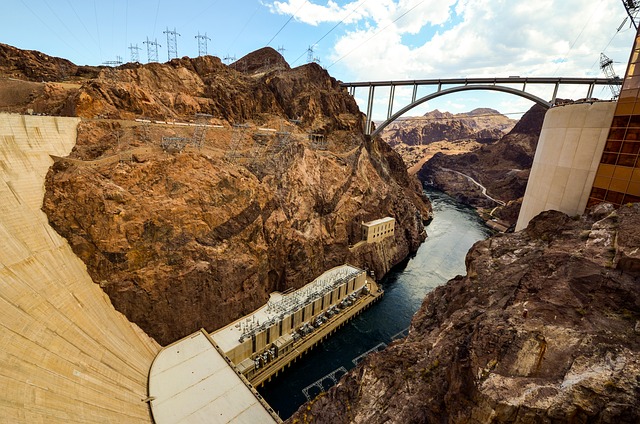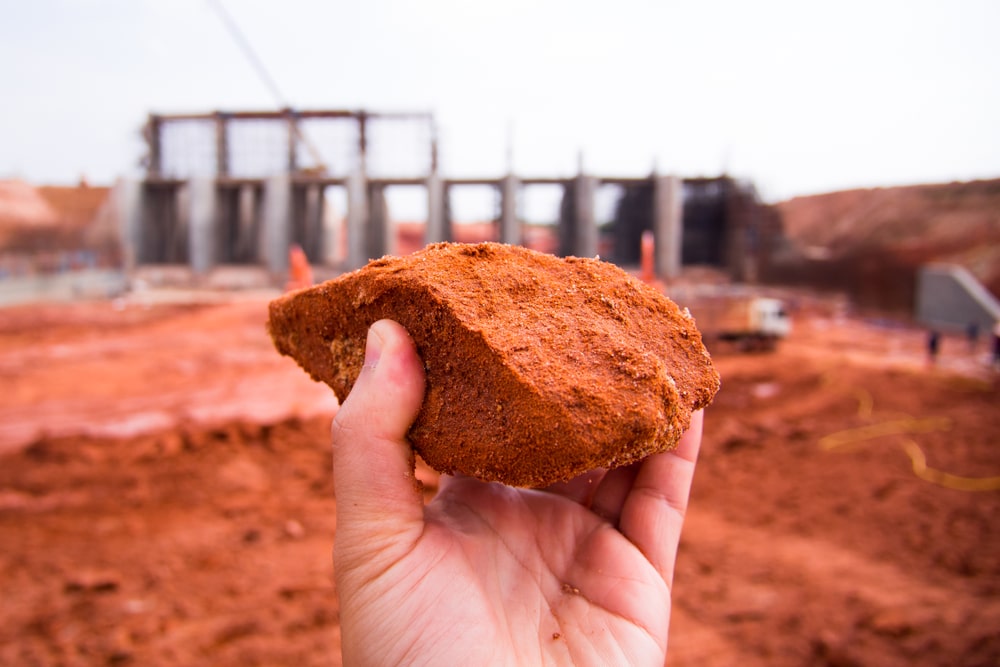Expert Civil Geotechnical Engineering Services for Complex Projects
Expert Civil Geotechnical Engineering Services for Complex Projects
Blog Article
Just How Consulting Engineers Enhance Geotechnical Design Projects: Insights Into Their Proficiency, Approaches, and Collaborative Approaches
Consulting engineers are critical in enhancing geotechnical design tasks, using their specialized understanding to navigate the complexities of subsurface problems. Their methodologies encompass a series of site examination strategies, consisting of Criterion Infiltration Tests (SPT) and Cone Penetration Examinations (CPT), which educate important decisions throughout the style and building phases. Furthermore, their collaborative techniques foster communication among diverse task stakeholders, ultimately forming the task's trajectory. As we take a look at the diverse functions these specialists play, it comes to be clear that their contributions extend beyond technological know-how, prompting a more detailed consider the ramifications for project success.
Duty of Consulting Engineers
The knowledge of seeking advice from engineers in geotechnical design is basic to the effective execution of building tasks. These specialists play a pivotal role in examining soil and rock homes, which are essential aspects influencing layout and building and construction choices. By performing extensive site investigations, speaking with engineers accumulate vital data that educates the design procedure, making sure jobs are improved stable and suitable ground.
Consulting engineers additionally provide very useful insights into risk management (geotechnical geologist). They determine possible geotechnical dangers, such as landslides, soil liquefaction, and settlement concerns, allowing stakeholders to carry out reliable mitigation strategies. Their know-how aids in enhancing foundation styles, which can cause considerable price financial savings and enhanced security
Additionally, getting in touch with engineers work as an essential web link in between task proprietors, engineers, and contractors. Their capability to convert complex geotechnical data right into workable suggestions fosters partnership and promotes notified decision-making throughout the job lifecycle. This multidisciplinary technique not just boosts task effectiveness yet also ensures compliance with regulative standards and best techniques.
Key Methods in Geotechnical Engineering

One main technique is site investigation, which entails performing area examinations and research laboratory evaluations to gather data on subsurface problems. Methods such as Criterion Infiltration Screening (SPT) and Cone Infiltration Testing (CPT) are commonly used to examine soil stratigraphy and strength. Furthermore, geophysical techniques, including seismic and electric resistivity studies, offer non-invasive ways to analyze subsurface characteristics.
An additional critical methodology is numerical modeling, which makes it possible for engineers to replicate different scenarios and predict just how soil-structure communications will certainly act under different loading conditions. Finite Aspect Evaluation (FEA) is a typical method utilized in this context.
Moreover, the style of structures, maintaining structures, and earthworks counts heavily on these approaches - geotechnical geologist. By incorporating sophisticated logical tools with field information, getting in touch with engineers can develop customized options that attend to particular project difficulties, eventually adding to the stability and safety and security of building and construction jobs
Significance of Soil Evaluation
Dirt evaluation functions as a foundational component in geotechnical design, providing crucial understandings into the physical and chemical buildings of dirt essential for reliable building and construction preparation. Recognizing dirt characteristics is important for determining its load-bearing capacity, drain actions, and possibility for negotiation or instability. Thorough dirt examinations, including sampling and lab screening, assistance identify parameters such as soil kind, dampness web content, density, and shear stamina.
These analyses inform the selection of ideal building methods and materials, ultimately affecting job security and long life. Cohesive soils might require various structure layouts contrasted to granular soils, necessitating tailored design remedies. Soil evaluation help in determining contaminants that could present threats to human health visit this page and wellness or the setting, permitting for the development of reduction techniques.
Including dirt evaluation right into the beginning of task growth assists to reduce unforeseen obstacles, making certain that designers can expect and resolve potential problems before they escalate. By developing an extensive like it understanding of the site problems, getting in touch with designers can maximize design efficiency and decrease prices, consequently boosting the general success of geotechnical design projects.
Collaborative Techniques in Projects
Successful geotechnical tasks often rest on joint methods that unite varied experience from different disciplines. Reliable partnership amongst seeking advice from engineers, rock hounds, environmental researchers, and building specialists is vital for dealing with intricate challenges and maximizing job end results. By leveraging the distinct abilities and understanding of each group participant, projects can take advantage of a holistic understanding of the site problems, regulatory demands, and design restraints.
Regular interaction and interdisciplinary meetings facilitate the sharing of insights and cultivate a culture of team effort. These joint initiatives enable the recognition of possible risks early in the job lifecycle, permitting timely mitigation strategies. Integrating comments from stakeholders, consisting of neighborhood communities and regulatory agencies, makes sure that all viewpoints are considered, enhancing project acceptance and compliance.
Furthermore, the combination of innovative modern technologies, such as Geographic Details Equipment (GIS) and Structure Information Modeling (BIM), further enhances collaboration. These tools permit the real-time sharing of data and visualization of geotechnical conditions, advertising educated decision-making. Inevitably, a joint strategy not just simplifies task implementation yet additionally lays the structure for ingenious services to complicated geotechnical engineering challenges.
Influence On Task End Results

Consulting designers employ innovative approaches such as danger assessment and anticipating modeling, which enhance the accuracy of task forecasts. Their capacity to integrate ingenious technologies, like geotechnical instrumentation and data analytics, better refines the layout and construction procedures. Consequently, projects experience enhanced performance, decreased prices, and minimized delays.
In addition, fostering efficient interaction and cooperation among staff member boosts problem-solving abilities. When obstacles arise, an unified front permits for speedy identification of services, stopping possible setbacks. Ultimately, the collective initiatives of getting in touch with designers contribute to higher quality results, making sure that tasks fulfill both regulatory standards and client expectations.
Conclusion

Report this page